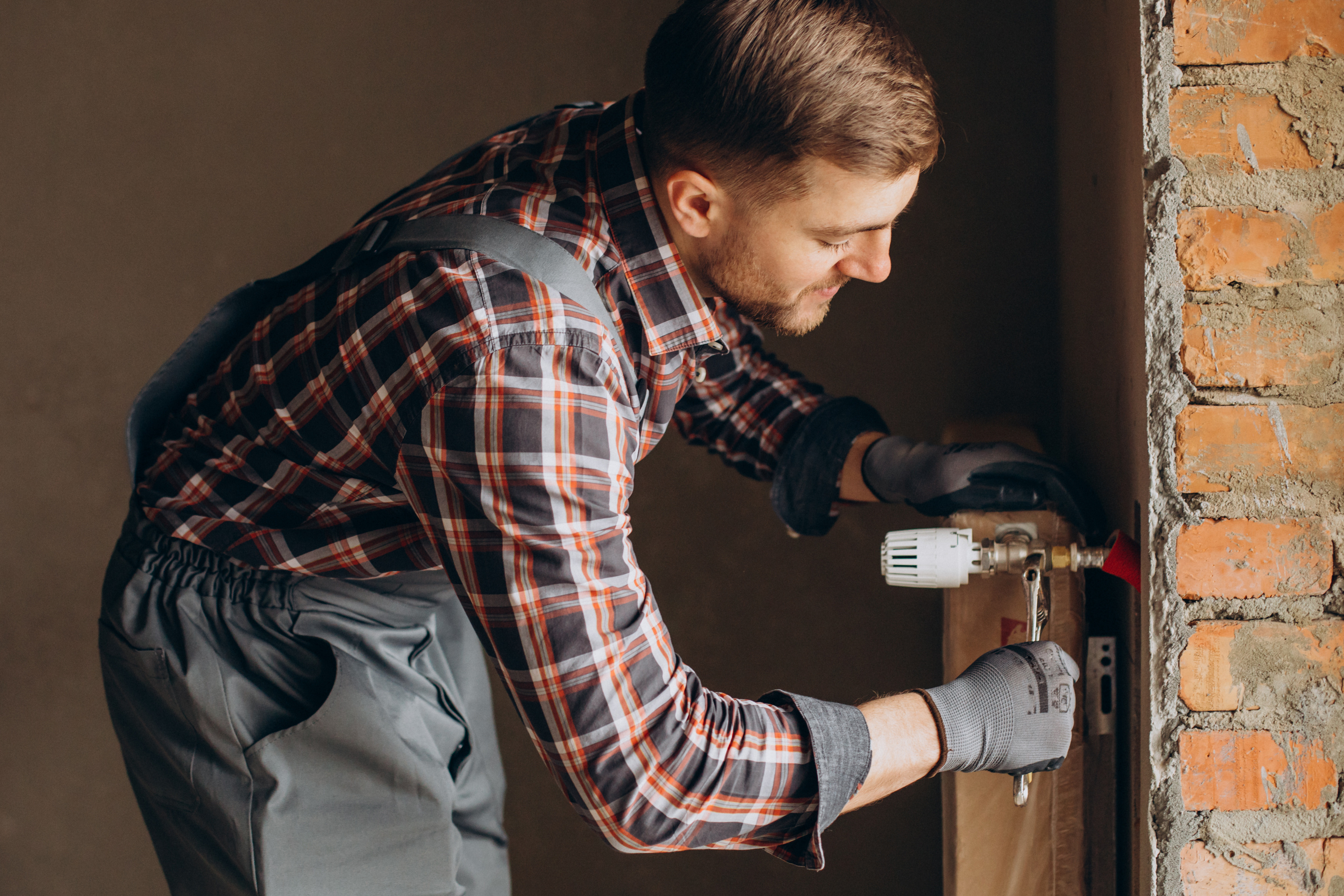
The thermostat in your radiator is an extremely important device because it allows you to adjust the room temperature perfectly to your needs. With a well-chosen thermostat, you can also save a lot. Want to know how to buy a good thermostat? You've come to the right place.
What is a thermostat
A thermostat is a component of a radiator that regulates the flow of hot water to the device. The thermostat opens and closes the water valve depending on the temperature in the room. Depending on the temperature you set on the thermostat, it will regulate the amount of liquid in the device to match the ambient temperature to the settings.
In older buildings, radiators were installed without a thermostat, making temperature regulation impossible. Therefore, apartments were often too hot, and it was necessary to open windows in winter. By using a thermostat, you can freely regulate the temperature in your home, ensuring thermal comfort and savings on heated water. If your radiators do not have a thermostat, it's a good idea to install one for your convenience and savings.
How does a thermostat work
A thermostatic valve consists of a head and a radiator valve. The head closes and opens the valve, regulating the amount of water flowing into the radiator. The temperature is set on the thermostat head. In most radiators, the temperature is symbolized by numbers from 1 to 5, and by turning the head, you can set the desired value. Usually, a temperature of 20 degrees is indicated by the number 3, and if you set the thermostat to a position marked with a snowflake, it will maintain a minimum safe temperature in the radiator, usually around 5 degrees.
You can also buy an electronic thermostat. The electronic version is much more precise than the analog version because you can input the exact desired room temperature. Of course, each thermostat also has a temperature sensor that measures the room's value. The more accurate the measurement, the more precisely you can regulate the temperature in the apartment.
It is crucial not to cover the temperature sensor or obstruct the place where it is located with furniture. If you do, you will 'fool' the sensor, which will indicate a higher temperature than the actual room temperature, resulting in incorrect water flow regulation to the radiator.
Types of thermostats
There are several types of valves available on the market, so you can choose the one that best suits your needs. The most popular are those you can find on most radiators, such as in block apartments. These are thermostats whose components are all in one place and are directly placed on the radiator's inlet. With such a thermostat, anyone can manually set the temperature. It's a good solution in places where there is no problem with access, there are no drafts, and the sensor is not hidden or covered. These are the cheapest and most popular thermostats, which are suitable if you do not have special needs.
If your room is large or the radiator is located in a drafty place, consider a thermostat with a remotely operating sensor. You can place such a sensor in a chosen location of the room (it is assumed to be the coolest place), and it will remotely transmit information to the head regulating the water flow to the radiator. This is also a good solution if access to the radiator is difficult, for example, because it hangs high on the wall.
If your radiator has an unusual shape or is located in a problematic place, you can fit it with a thermostat designed for special tasks. We distinguish between straight, axial, angled, and corner valves. If you are unsure which will fit your radiator, it's best to consult a professional who will help you choose the best option.
How to use a thermostat
A thermostat is a simple device in operation. However, to use it correctly, remember a few rules about its use. First and foremost, do not change the temperature settings too quickly. Many people make the mistake of setting the maximum temperature on the thermostat if the room gets colder. This way, the radiator will not heat up faster, but the temperature will gradually rise to the maximum value and become too hot in the apartment.
The same applies to airing the room. If you open the window, always lower the temperature on the thermostat. If you don't, the sensor will detect the temperature drop, and the radiator will constantly increase its power. It's uneconomical and will make the room too hot after you close the window. If you leave the apartment for an extended period, you can lower the temperature on the thermostat and increase it when you return home. The radiator responds quickly to thermostat settings and will heat up in a short time.
By following these simple rules, you can enjoy maximum thermal comfort in your apartment.


















